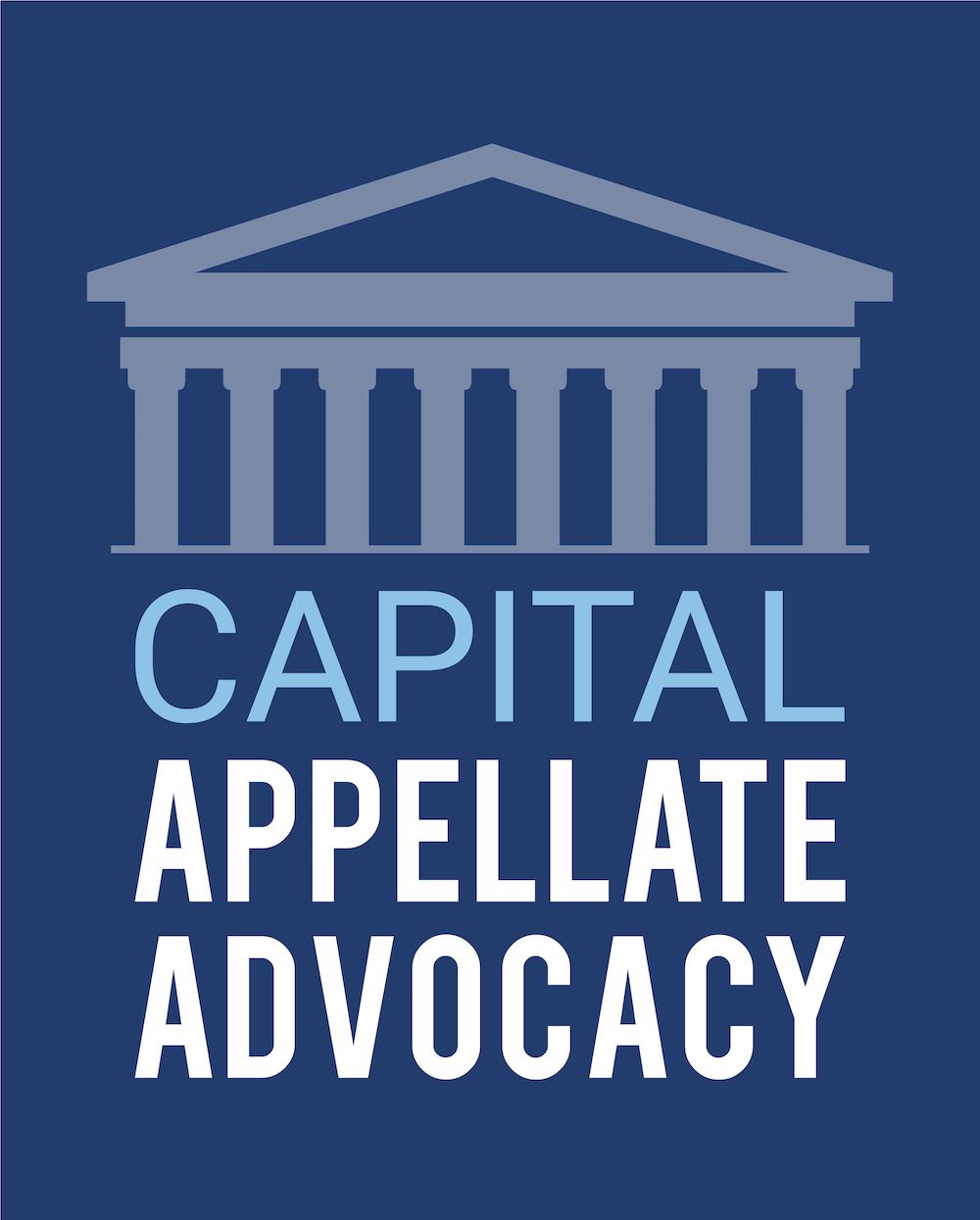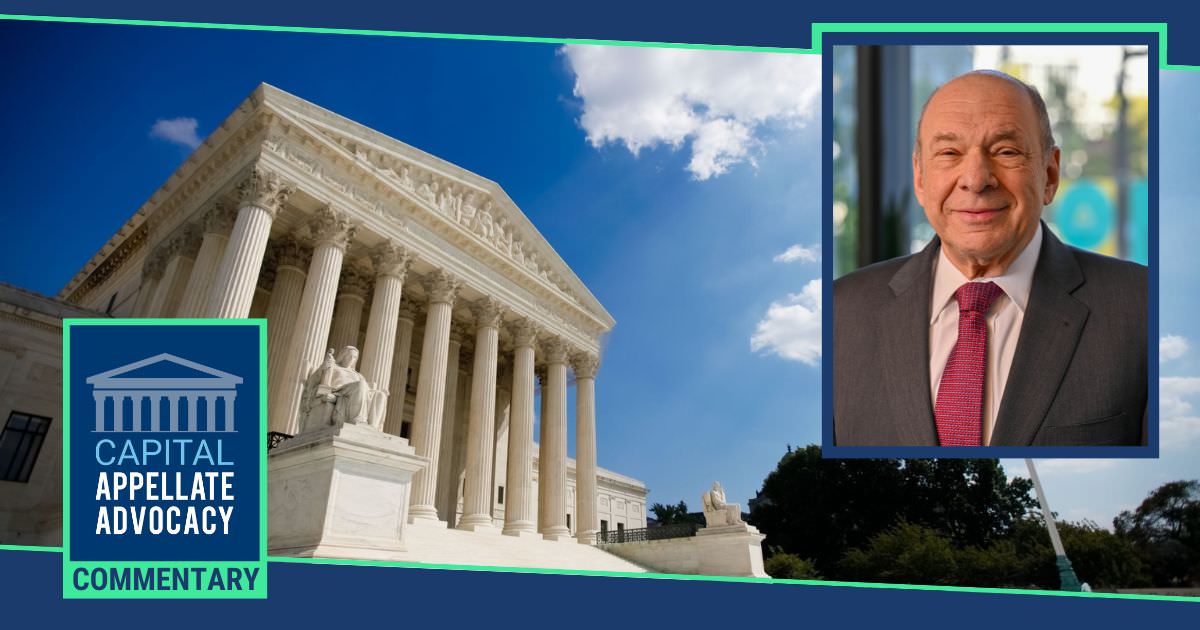The Supreme Court’s opinion in Universal Health Services, Inc. v. United States ex rel. Escobar, No. 15-7 (June 16, 2016), will trigger weeks of commentary, months of debate, and years of litigation on how courts should apply the “implied false certification theory” of False Claims Act liability. But as discussed below, I believe that there an even more significant, albeit less prominent, aspect of the Court’s decision.
The Court’s Holding
In a unanimous opinion authored by Justice Thomas, the Court held that liability can attach if a defendant in a qui tam or other False Claims Act suit (e.g., a government contractor; a health care services provider) submits to the federal government a claim for payment or reimbursement “that makes specific representations about the goods or services provided, but knowingly fails to disclose the defendant’s noncompliance with a statutory, regulatory, or contractual requirement,” and “the omission renders those representations misleading.” Slip op. at 1, 2. Regardless of whether a federal department or agency has expressly designated those requirements “conditions of payment,” such a misrepresentation will be actionable only if the defendant “knowingly violated a requirement that [it] knows is material to the Government’s payment decision.” Id. at 2 (emphasis added).
The Court’s opinion emphasizes that this materiality standard is “rigorous” and “demanding.” Id. at 2, 15. For example, “[a] misrepresentation cannot be deemed material . . . merely because the Government designates compliance with a particular statutory, regulatory, or contractual requirement as a condition of payment.” Id. at 15. Nor can materiality “be found where noncompliance is minor or insubstantial.” Id. at 16. In so holding, the Court squarely rejected the “extraordinarily expansive view of liability” advocated by the Solicitor General on behalf of the United States.
Text vs. Policy
The petitioner, Universal Health Services, “contend[ed] that False Claims Act liability should be limited to undisclosed violations of expressly designated conditions of payment to provide defendants with fair notice and to cabin liability.” Id. at 13. In rejecting this policy-based argument, Justice Thomas explained that “policy arguments cannot supersede the clear statutory text.” Ibid. (emphasis added). In another recent unanimous opinion that reached a “plain-text result,” the Court explained that “[a]bsent persuasive indications to the contrary, we presume that Congress says what it means and means what it says.” Simmons v. Himmelreich, No. 15-109 (June 6, 2016) at 5.
Justice Thomas’s observation regarding the force of statutory text, and its predominance over policy arguments, is not only important, but also broadly applicable. We appellate lawyers frequently raise policy-based arguments when urging courts to interpret or apply a statute in a particular way. Such arguments can be persuasive, especially if a statute is ambiguous and underlying policy goals are expressed in a statute or clearly articulated in legislative history documents. But as the Court indicated, a statute’s plain text usually is what matters most. Indeed, in recent years Justice Thomas has squarely rejected the Court’s well-established “purposes and objectives” species of implied preemption. And of course, Justice Scalia was a frequent critic of reliance upon “legislative intent” gleaned from congressional reports and debates. More fundamentally, conservative jurists repudiate liberal judges who seemingly decide cases by making policy from the bench.
Policy-based arguments certainly can and should play a role in the resolution of cases that involve statutory interpretation. But looking to the statutory text first continues to be the guiding principle. This principle is all the more reason why legislators should pay close attention to the actual text and structure of the statutes that they propose and enact.

